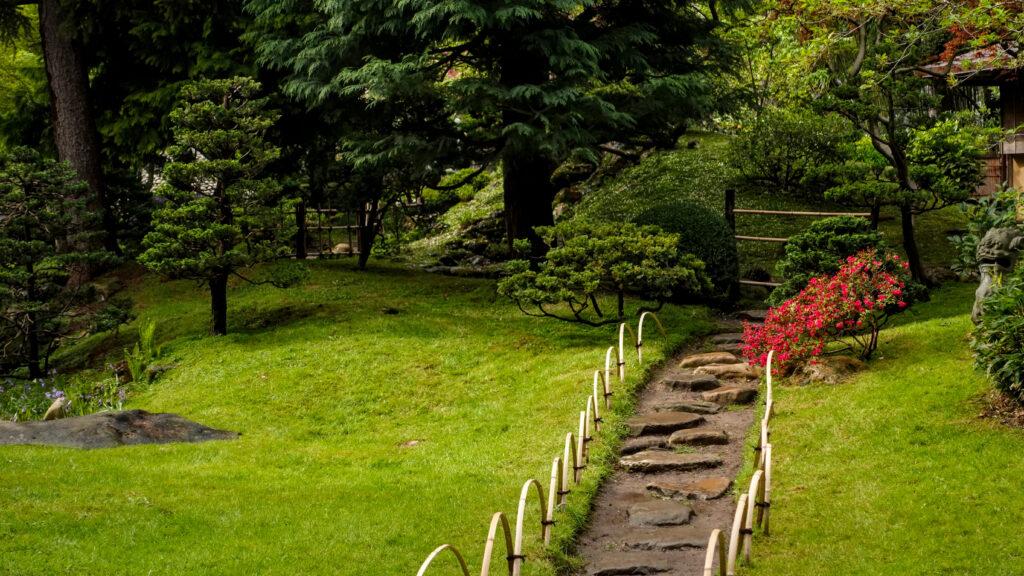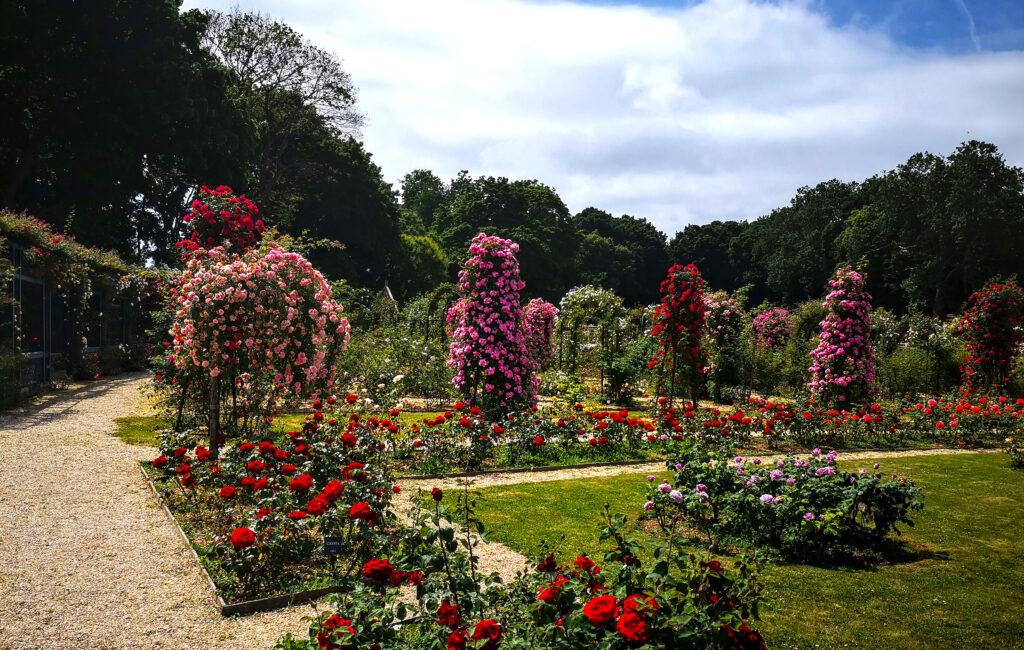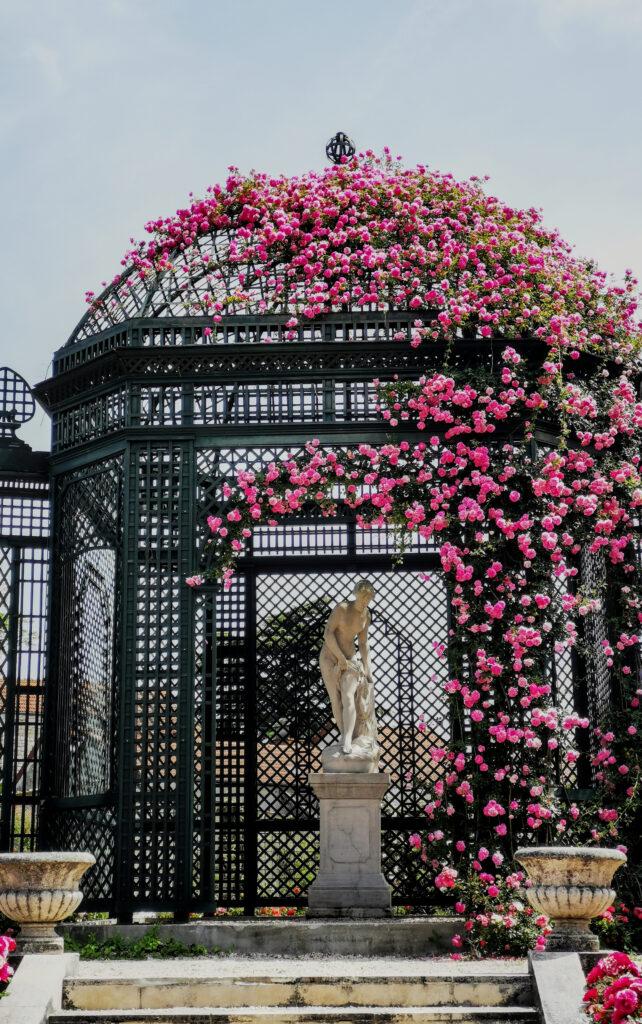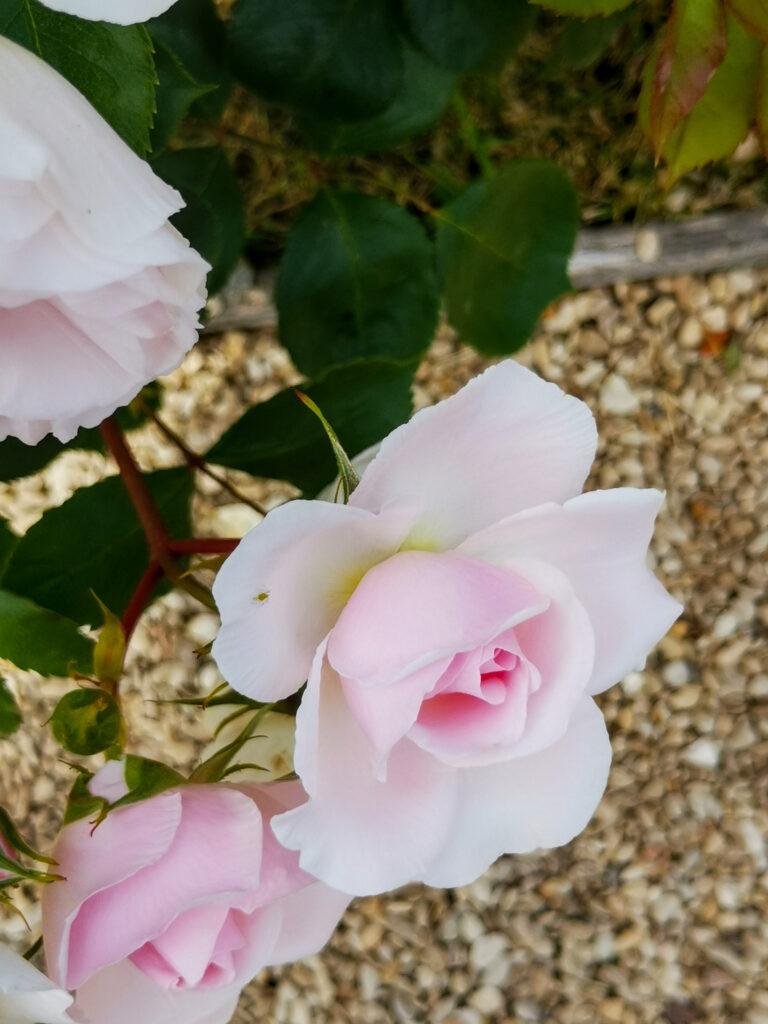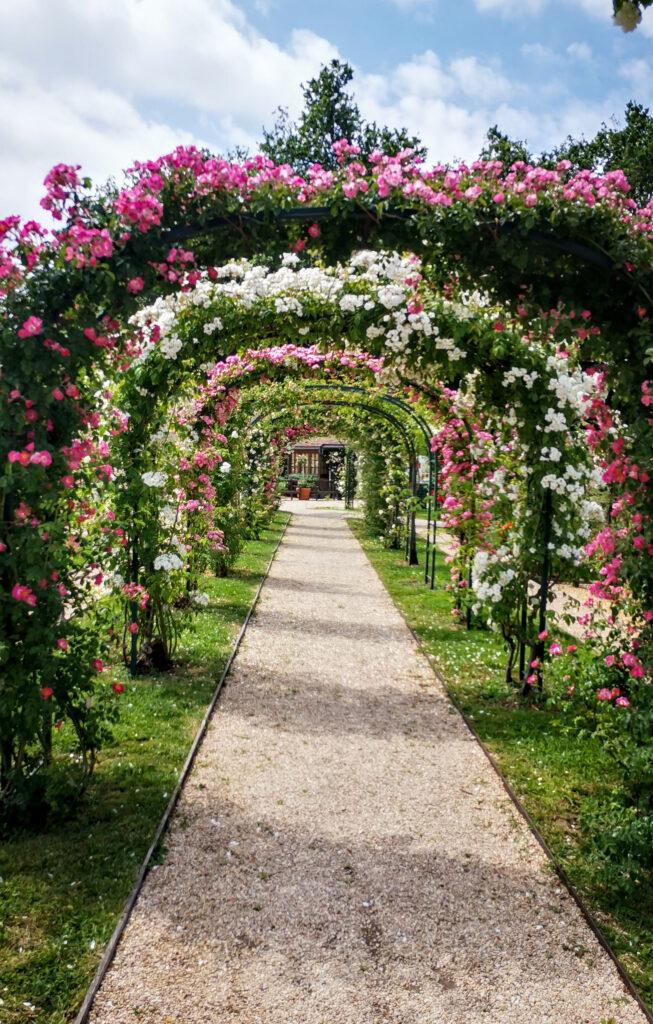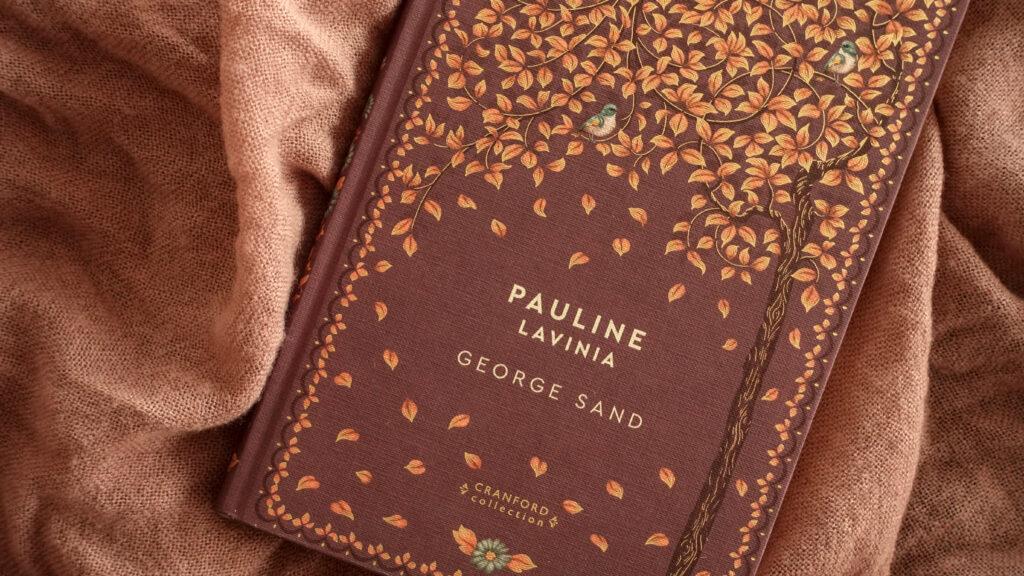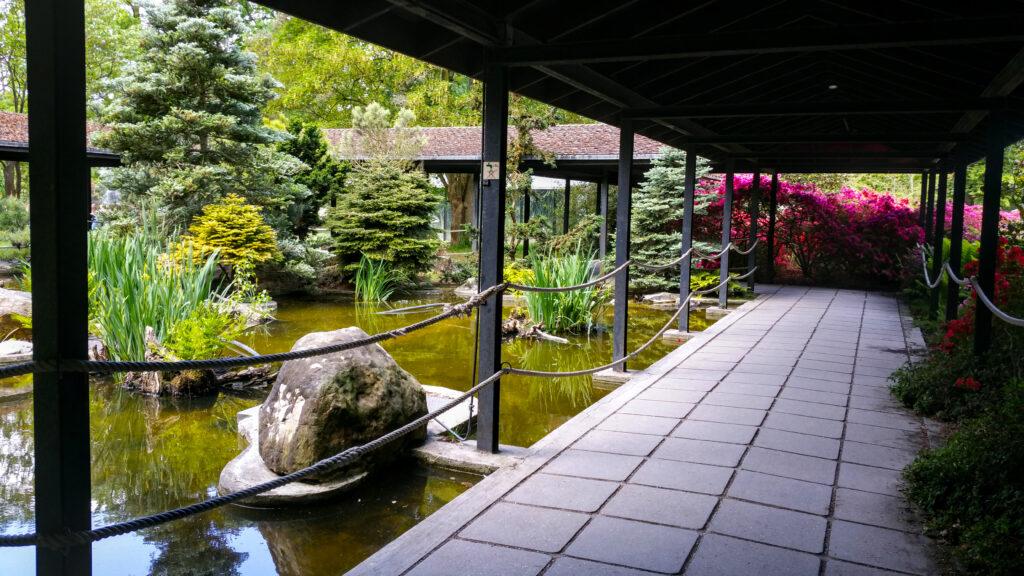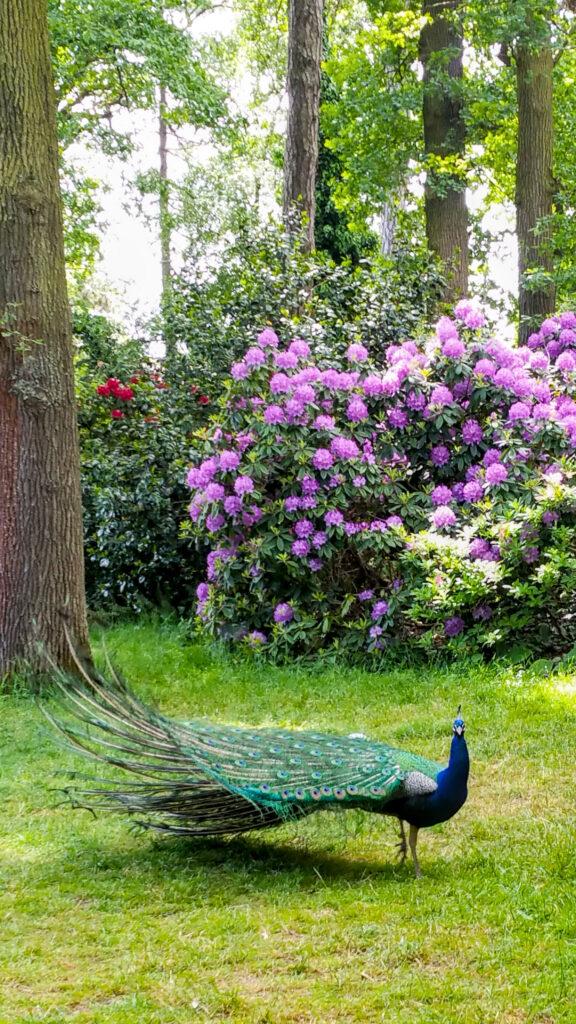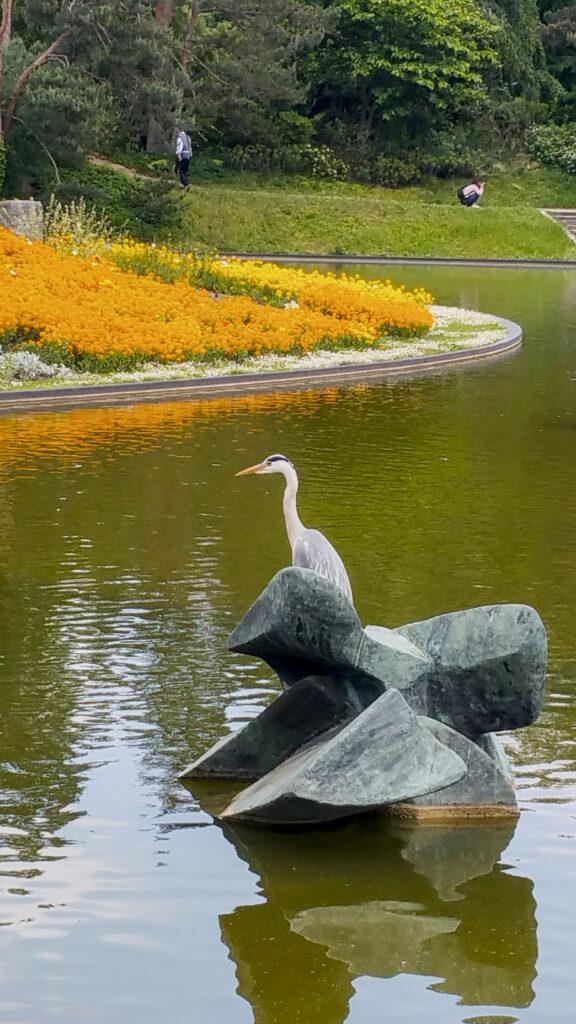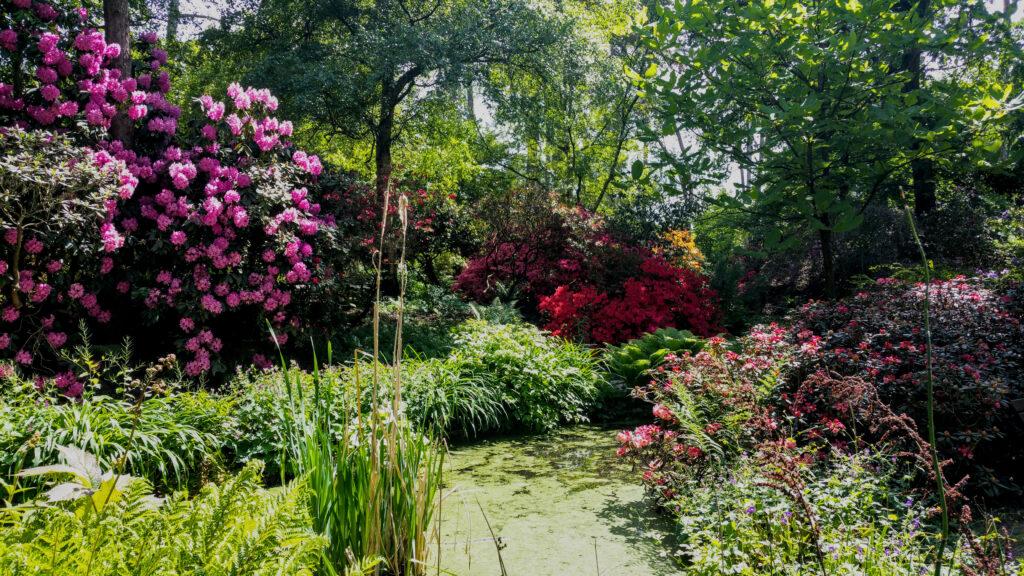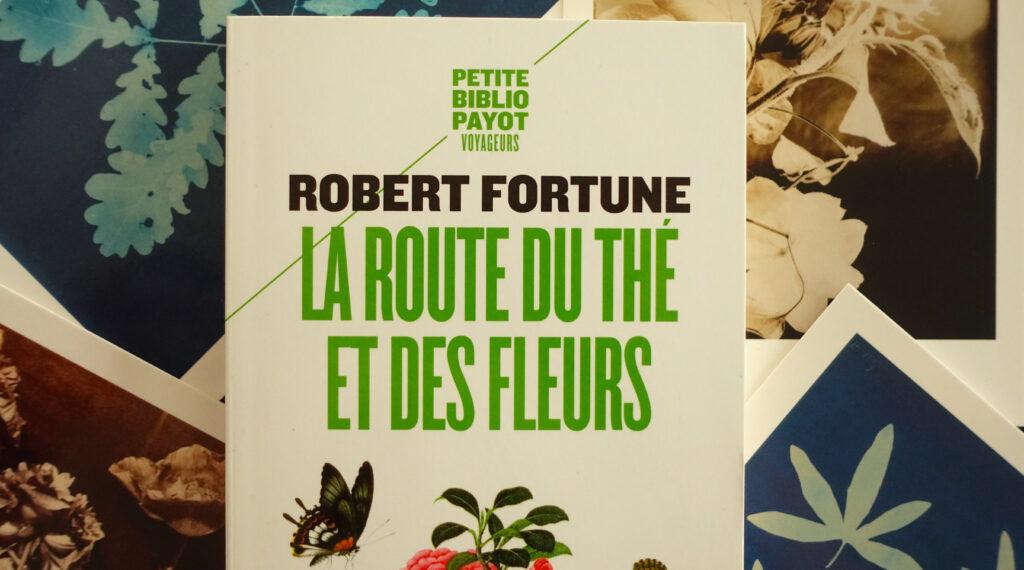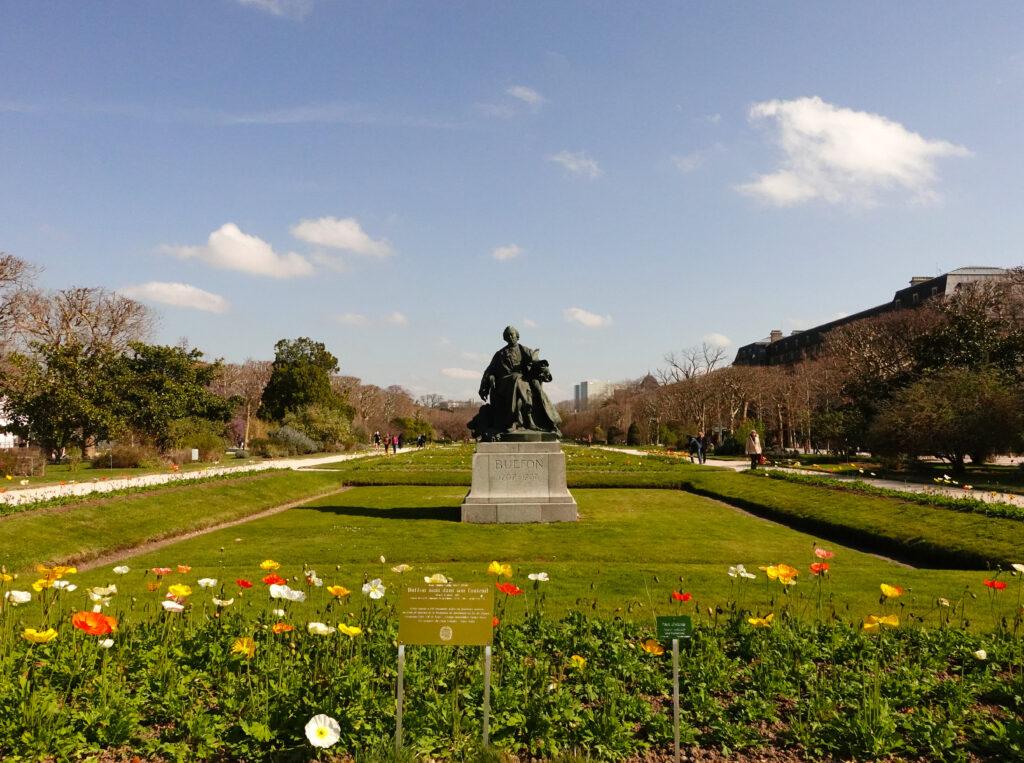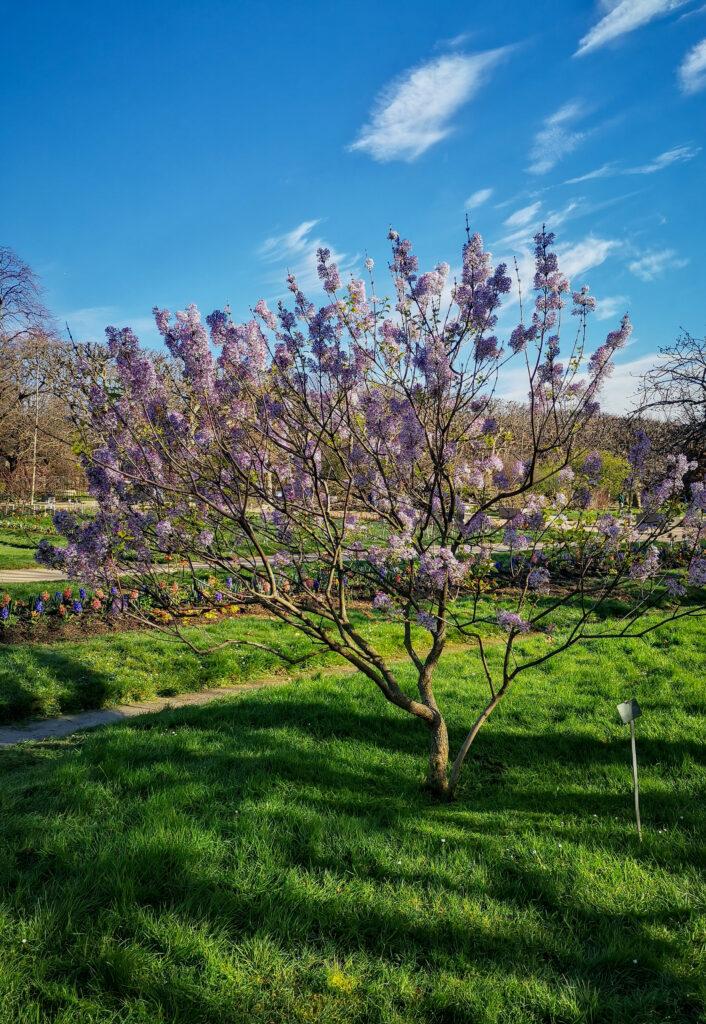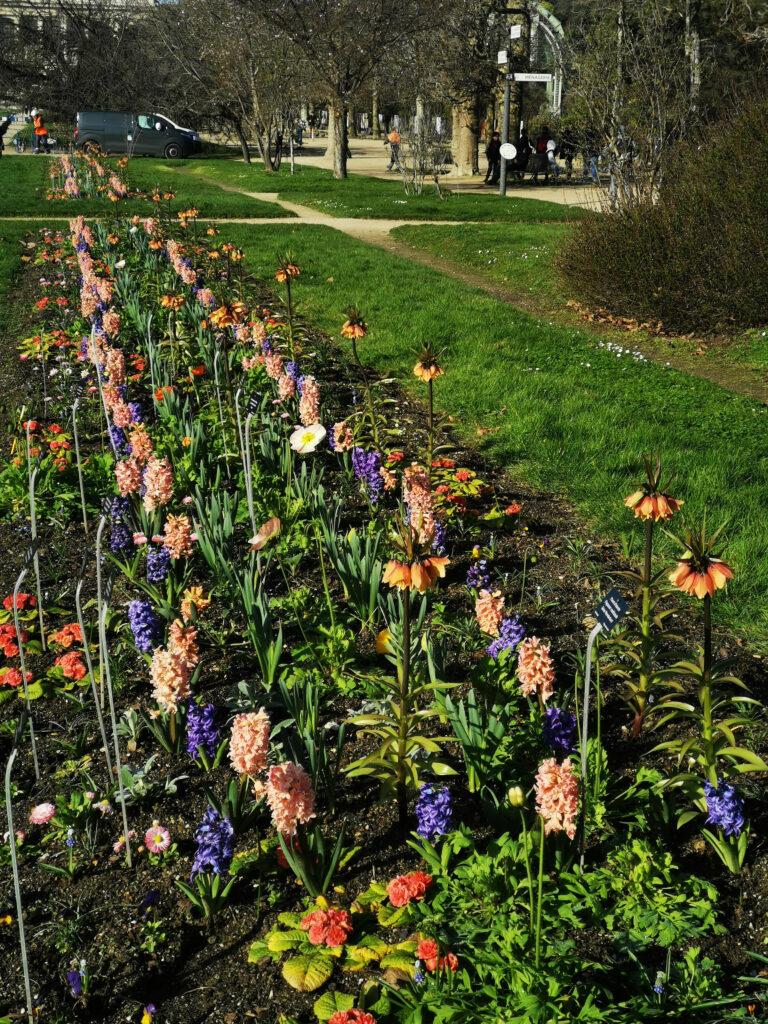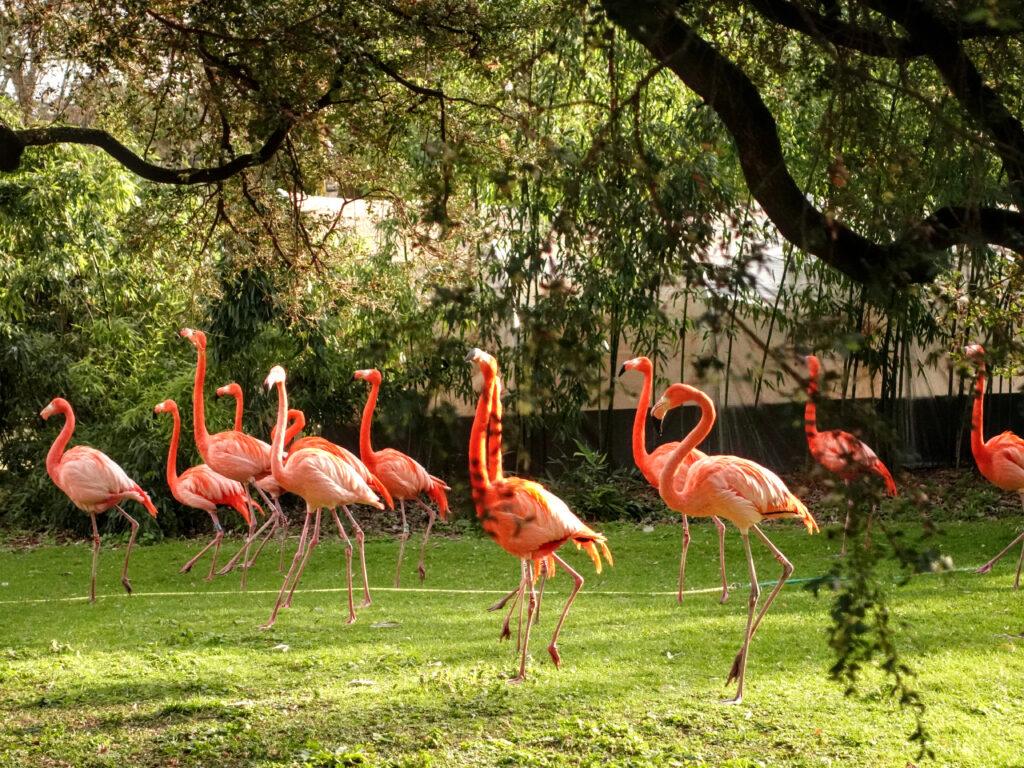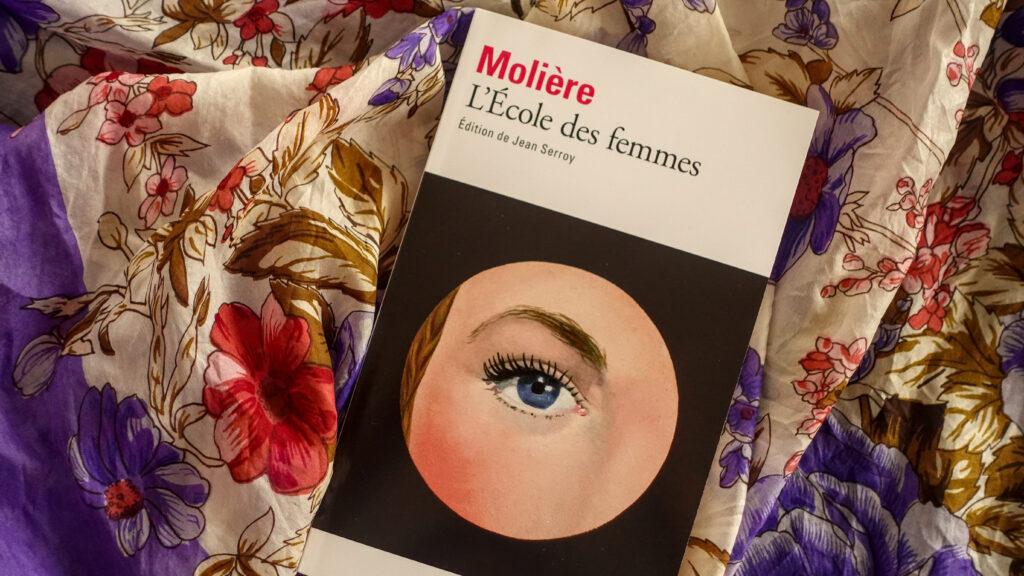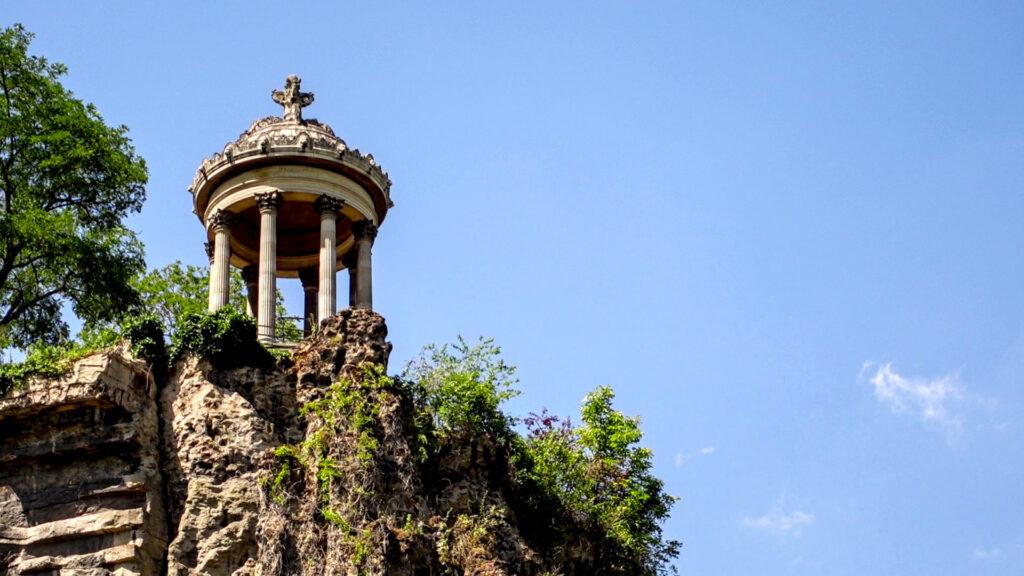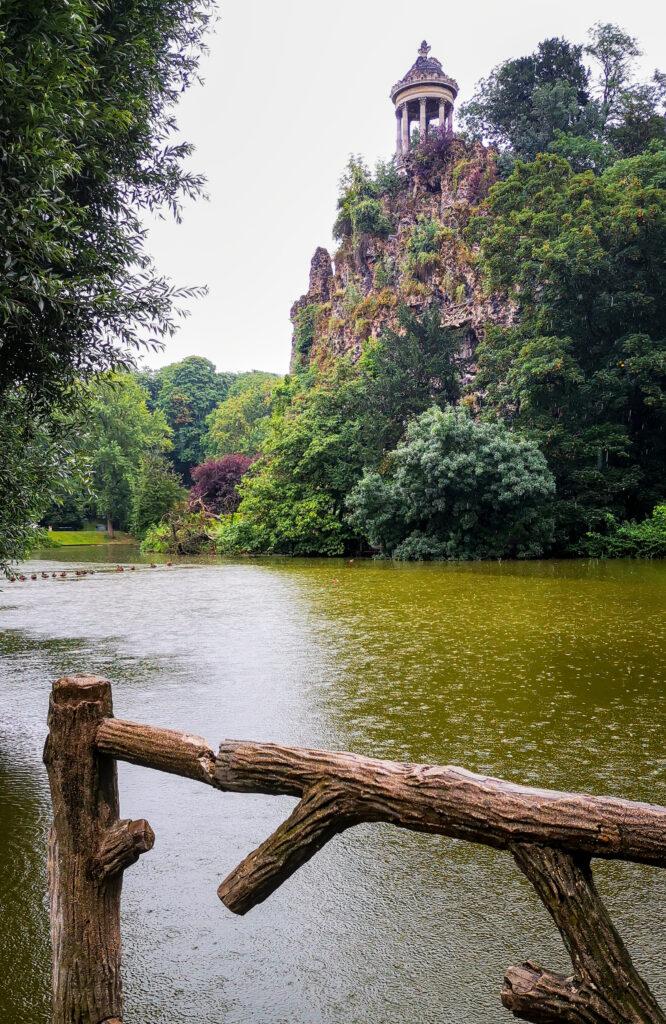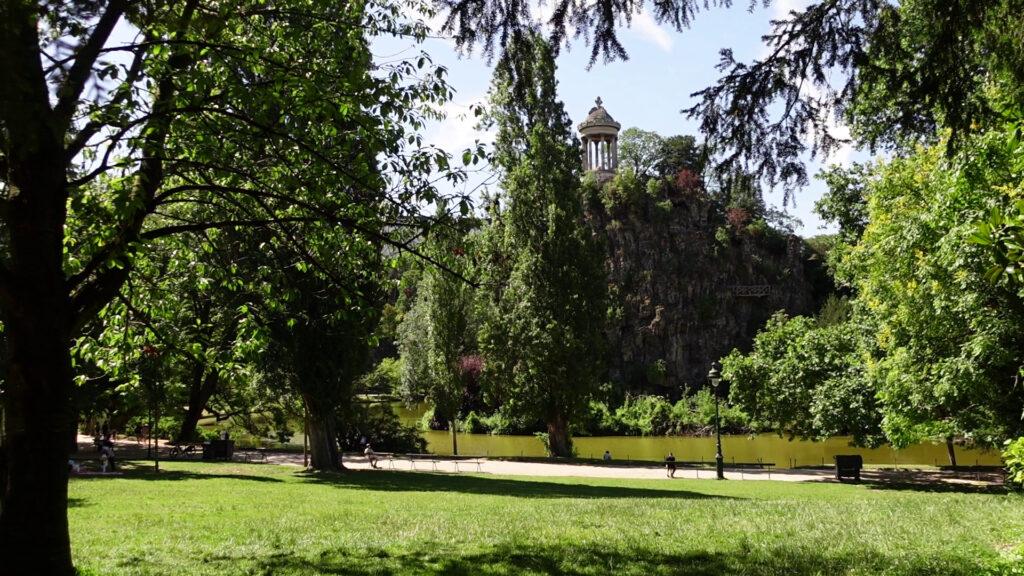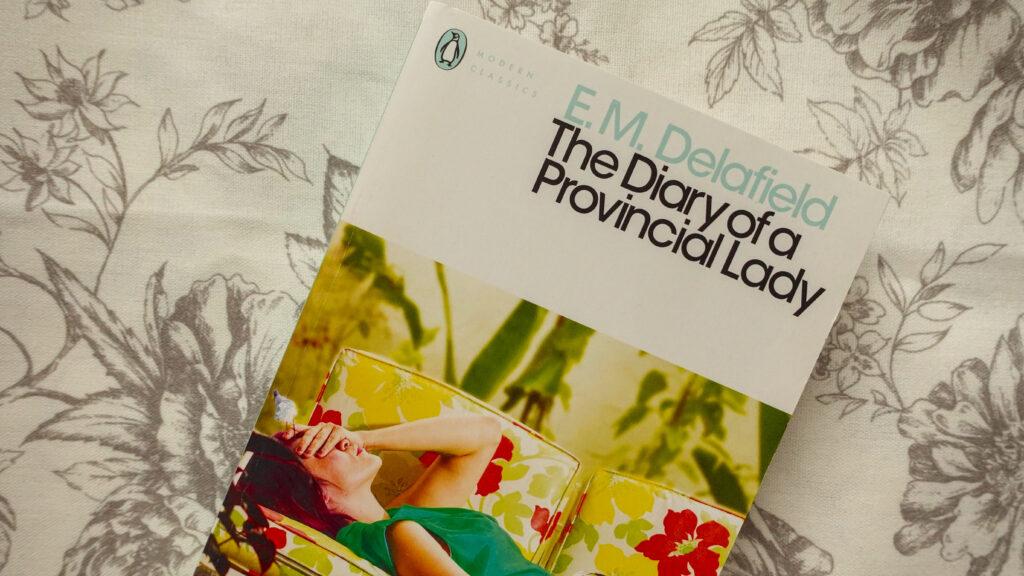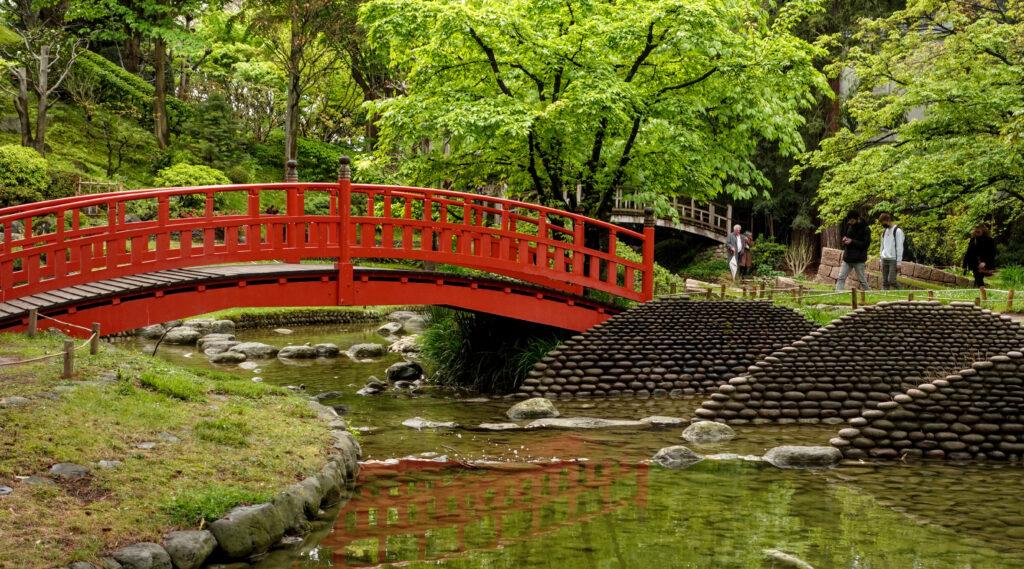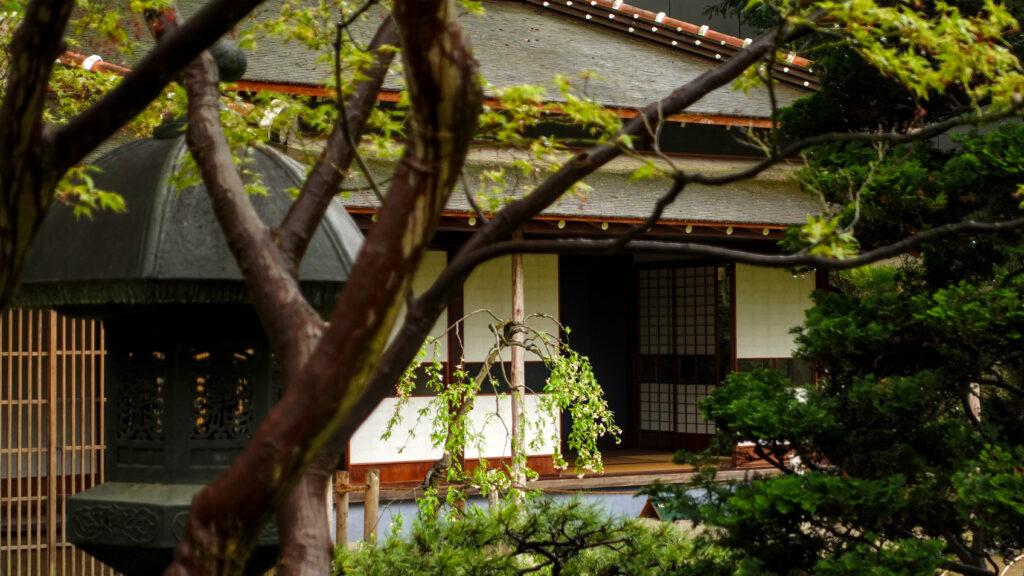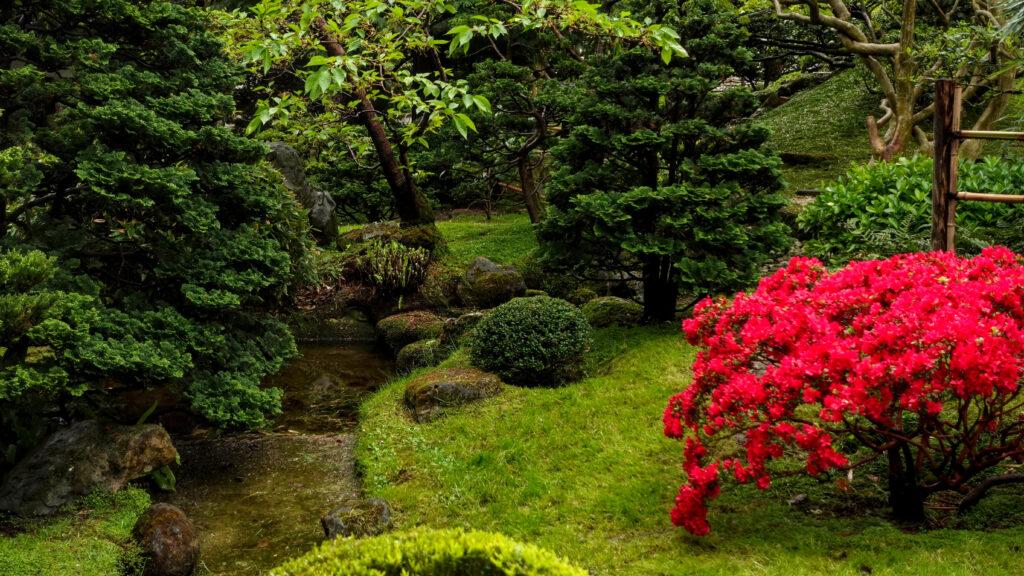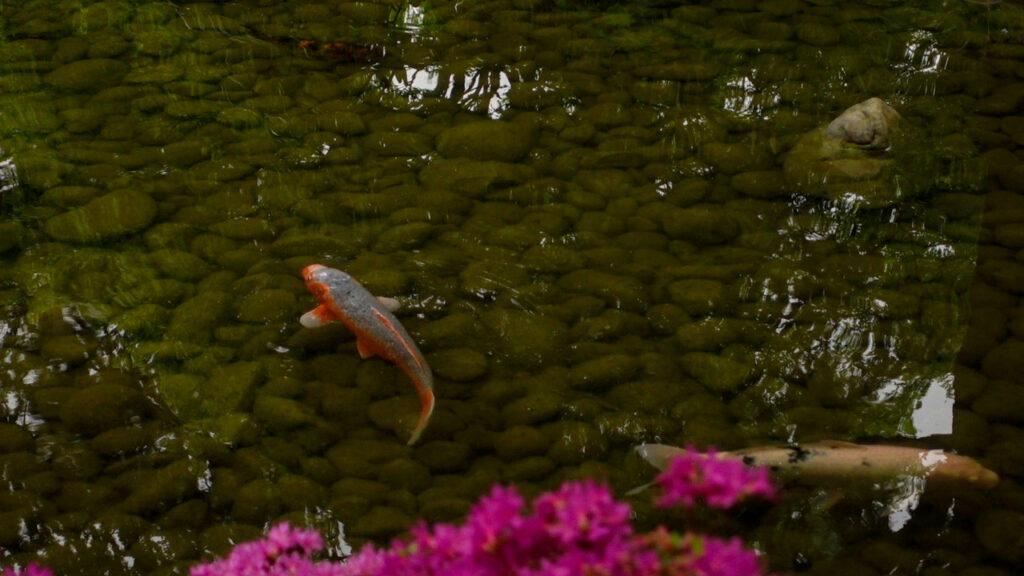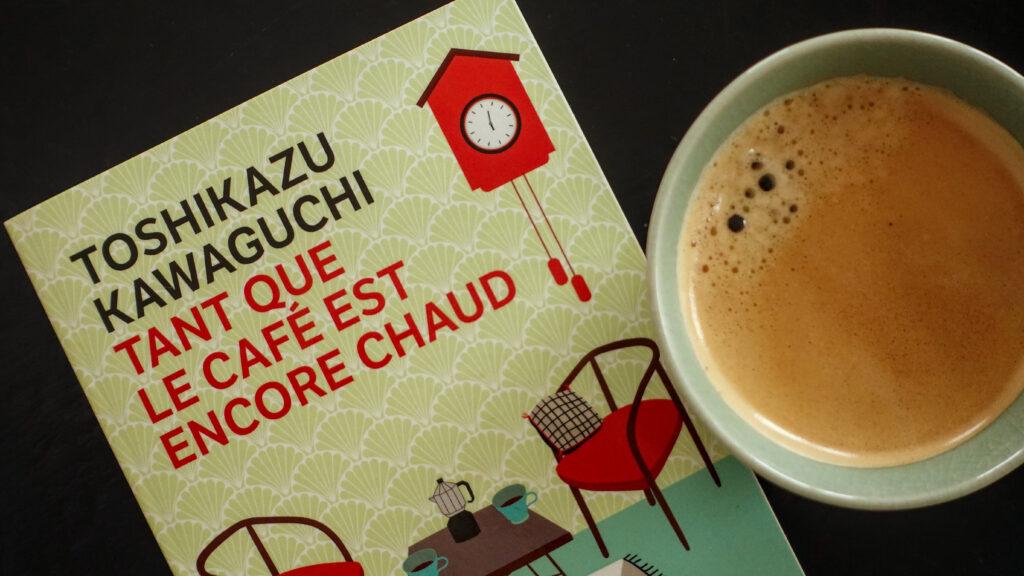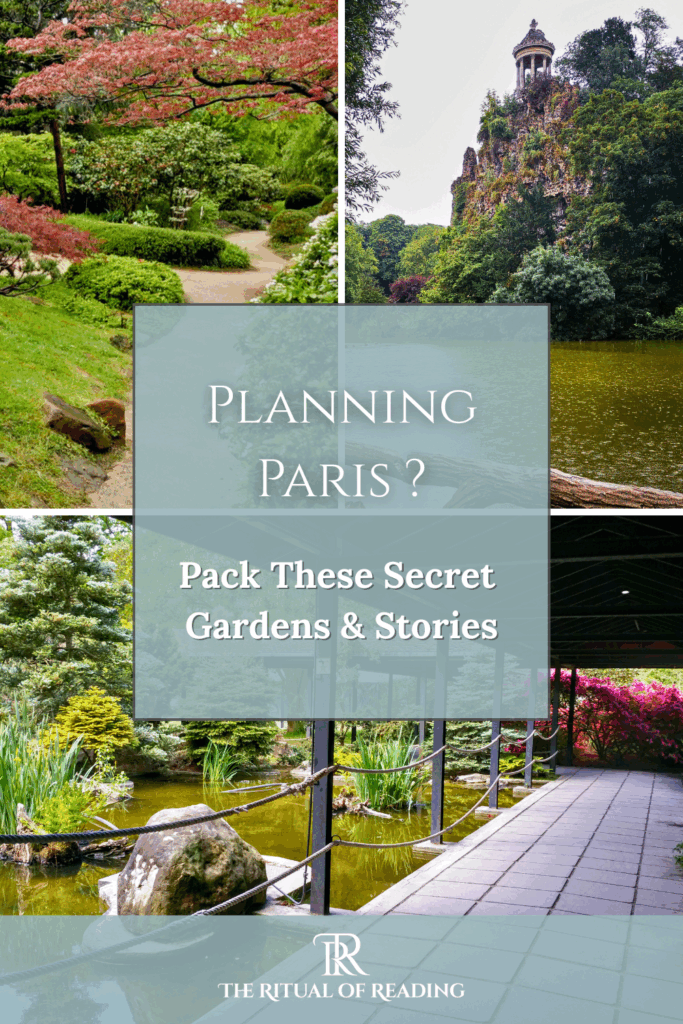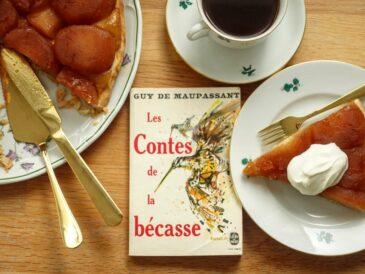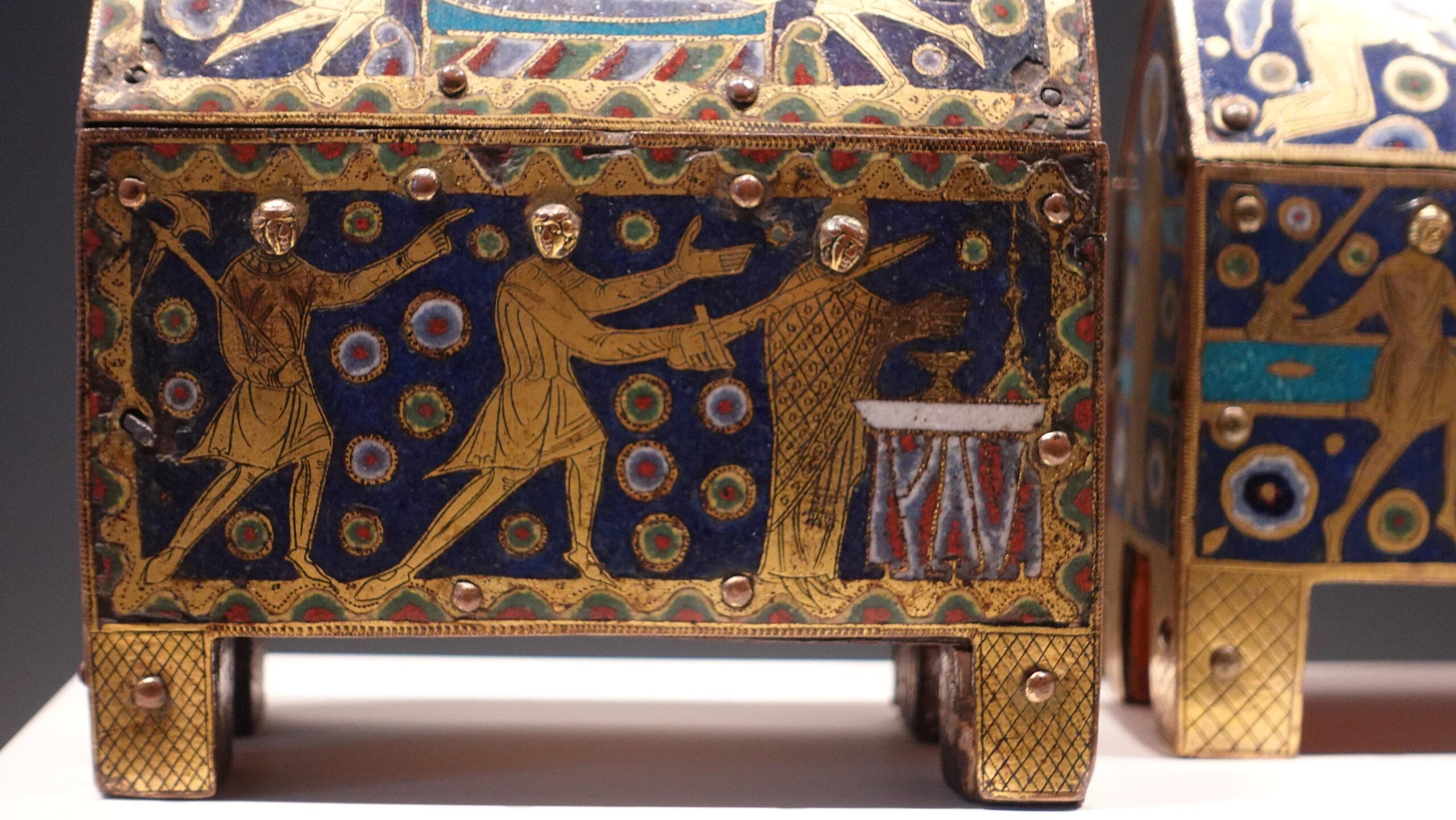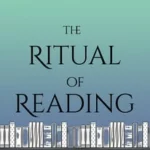Literary Garden Walks with Floral Charm
June is a month that resides on its own planet : not Spring anymore, but not quite Summer yet, announcing the prospect of holidays without any immediate respite from the busy days at work. You can tell I’m not convinced by the concept, nevertheless it is the beginning of June, and I am determined to find pleasure and comfort, so my Inspiration Newsletter for this month has been the perfect brain-stormer.
You may already know that I send out two letters each month—actual letters, written to the friends of The Ritual of Reading—where I share bookish thoughts and lifestyle snippets from my life. These newsletters, one at the beginning of the month with inspiration for what’s ahead, and one at the end with gratitude for what has passed, are my personal rituals for clarity. Setting out your intentions, be they for your life, your current decade, your New Year’s resolutions or simply for the day ahead as you open your eyes in the morning, is one of the surest ways to invite our dreams into reality.
So as I sat thinking about what inspires me at the beginning of June, I put aside all the mixed-feelings I might have had, and the answer came easily: the flowers.
As you may know, I’m a repented horticulturist, and I devote nearly every inch of my fourth-floor balcony to growing cut flowers for floral arrangements. But for all the blooms I can’t grow in my little suspended garden, this is the perfect season to wander Paris’s parks and gardens—for inspiration, or simply as a kind of walking meditation through colour and scent.
Here are five of my favourite green spaces in and around Paris—places I love to visit in any season, but that are particularly magical in June. Each is paired with a novel that echoes the spirit of the garden itself.
Haÿ-les-Roses rosarium – a walk with the Romantics
We begin on the outskirts of Paris, in the town of Haÿ-les-Roses, whose name gained its floral extension thanks to the historic rose garden—or rosarium—established here in 1892. The garden was the fruit of a collaboration between Jules Gravereaux, a wealthy executive of the Bon Marché department store, and landscape architect Edouard André, united by their shared love of the rose. One of the very first rosariums in the world, it is a garden devoted solely to the queen of flowers.
Its thirteen sections take you through the history of the rose, from the deliciously fragrant old garden varieties to hedgerow roses, modern cultivars, and elegant tea roses. This is a place suspended in time. With over 3,000 varieties blooming along arched walkways, beneath pergolas, and in quiet alcoves, every frame feels lifted from a dream.
Book Companion
Such wonderfully romantic scenery calls for a great Romantic writer, so I suggest inviting Madame George Sand to join you for the day. Her love of nature and rural life pairs perfectly with a luxuriant outing in the rose garden. You’ll find several of her novels translated into English. I recommend her series of four pastoral works: The Devil’s Pool, François le Champi, Little Fadette, and The Beautiful Gentlemen of Bois-Doré—but truly, any one of her novels would suit the atmosphere of this place. Sand’s tender evocation of the land and its people echoes in the harmony of the rose bush. These are books to be read slowly, as an immersion into the Romantic current of the 19th century—a time-travel experience to be savoured.
Parc Floral de Paris – Botanical Daydreams and Travel Journals
Nestled within the Bois de Vincennes on the eastern edge of Paris, the Parc Floral feels like a hidden botanical treasure waiting to be discovered. Created in 1969 for an international flower show, this vast park is a celebration of plant life in all its structured beauty and wild eccentricity. There are themed gardens for irises, dahlias, bonsais, and peonies; wide open lawns for lounging in the dappled shade; and shaded pathways that feel like secret corridors between worlds. You can even cross paths with a peacock, there are a few that roam freely in the gardens.
In June, the park hums with a quiet vibrancy—azaleas and rhododendrons visited by bees, dragonflies tracing circles over shallow water, and children darting between flower beds as if in a fairy-tale maze. It’s a place to wander without agenda, a living encyclopaedia of the world’s flora and a gentle reminder of how global and local nature can be, all at once.
Book Companion
To accompany your visit, I suggest the travel journal A Journey to the Tea Countries of China by Robert Fortune (I had the French translation La route du thé et des fleurs). Fortune was a 19th-century Scottish botanist and plant hunter who famously travelled through China in disguise to study—and later transplant—tea plants to India. His writing, filled with curiosity, cultural detail, and observations on both gardens and wild landscapes, reads like a botanical expedition wrapped in Victorian intrigue. Reading his journey among the global plants of the Parc Floral creates a beautiful echo: the spirit of discovery, of encountering the unfamiliar with reverence. Several of his Asian journals have been published and translated, so bring a thermos of green tea, settle near the bonsai collection, and let the 19th-century adventure of plants unfold beside the living beauty of the garden.
Jardin des Plantes – A Dose of Wit in the Medicinal Garden
In the heart of the Left Bank, the Jardin des Plantes unfolds like a cabinet of curiosities under the open sky. Originally created in 1626 as a royal medicinal garden for Louis XIII, it later blossomed into France’s leading botanical garden. Today, it retains both its scientific purpose and its poetic charm—an unlikely but delightful alliance between the rational and the romantic.
Strolling through its symmetrical beds, shady alleys, and glasshouses of tropical wonders, one feels the pulse of the Enlightenment and of the great expeditions around the globe. There’s something deliciously theatrical about it all, as if the statues might break into monologue and the plants themselves could recite Latin. The medicinal plant section still whispers of its 17th-century origins, when botany was both a science and a form of alchemy. And behind the elegant facades of knowledge, you can almost hear the rustle of courtly drama and powdered wigs. You may remember my visit a few years back to the annual orchid exhibition held in the great glasshouse, it is a yearly meeting not to be missed.
Book Companion
To match the garden’s historic flair and sharp intellect, I propose L’École des femmes (The School for Wives) by Molière, first performed in 1662. This witty, satirical comedy skewers the anxieties of male control and female education, all within the lively rhythms of verse. It’s one of Molière’s most beloved plays, and reading it in the very garden where apothecaries once strolled and scholars debated adds a rich layer of context.
I have a great attachment to Molière’s plays—they feel fresh and pertinent, even centuries after their creation. Few classics read as sharply and as playfully today. If you’re curious about French literature but unsure where to begin, Molière is a joyful and revealing place to start.
Bring a slim paperback, find a bench near the flower beds, and let the quicksilver dialogue of Arnolphe and Agnès remind you that even in the most ordered of gardens, human folly still blooms in brilliant colour.
Parc des Buttes-Chaumont – A Whimsical Pause with an English Lady
The Parc des Buttes-Chaumont is Paris at its most theatrical. Built atop a former quarry in the 19th century, this wildly romantic park rises and dips with surprising drama—cliffs, grottoes, waterfalls, and a temple perched on a rocky island, accessible by a suspension bridge that still sways slightly underfoot. Designed during the Second Empire, it was meant to impress, to amuse, and above all, to transport.
Unlike the more manicured Parisian gardens, Buttes-Chaumont revels in its artificial wildness. It’s the kind of place where you might overhear three languages in five minutes, where a picnic might turn into a philosophy debate or a theatre rehearsal, and where pigeons appear to have particularly strong opinions. It has the air of a garden that doesn’t take itself too seriously—and that is precisely what makes it a perfect match for a dry English wit.
Book Companion
For this leisurely escape, I suggest The Diary of a Provincial Lady by E. M. Delafield. Written in the 1930s, this gently satirical novel offers a glimpse into the daily absurdities of an upper-middle-class Englishwoman’s life—balancing domestic duties, social niceties, and personal thoughts with brilliant understatement. Her worries about indoor bulbs and unpaid bills make for quietly hilarious reading, especially when surrounded by the exuberant charm of the Buttes-Chaumont. Bring a straw hat, something fizzy in your thermos, and let the English countryside’s amusing counterpart keep you company under the Parisian sky.
Albert Kahn Garden – Where Time Slows and Borders Blur
Tucked away in the western edge of Paris, the Albert Kahn gardens feel like a whispered secret. This extraordinary site, once the private estate of philanthropist and banker Albert Kahn, is home to a remarkable collection of landscaped gardens from around the world—an English rose garden, a French formal parterre, and most memorably, a Japanese garden complete with carp ponds, stone lanterns, and a teahouse. Each section flows seamlessly into the next, creating a quiet dialogue between cultures, seasons, and sensibilities.
There’s a gentle hush here, as if time itself moves more slowly among the maples and stepping stones. It’s a space designed for contemplation—a place where the beauty of the world’s gardens comes together not in competition, but in harmony. In June, when the greenery is rich and layered, and the light filters gently through bamboo leaves, the garden becomes a meditation on connection. My fondness for this garden makes me mention it again after my Japanese series of 2022, so I invite you to discover or rediscover the YouTube video I made there.
Book Companion
For this global garden, I suggest Before the Coffee Gets Cold by Toshikazu Kawaguchi. Set in a small Tokyo café where time travel is possible—but only under very specific rules—the novel unfolds in quiet, heartfelt vignettes. Each chapter explores what we might say or do differently if given one more moment with someone we love. Its gentle magic and emotional clarity echo beautifully in the peaceful setting of Albert Kahn’s vision. Bring a notebook, find a spot by the water, and let this tender book remind you that while time may pass quickly, meaning lingers—especially when shared across cultures, across gardens, and across the pages of a story.
Petals, Pages, and the Pulse of a City
Wandering through these gardens in June is more than a seasonal pleasure—it’s a form of meditation. Among blooming rose arches, trickling fountains, and shaded benches, time softens, thoughts settle, and the mind opens like a flower to colour, scent, and story. Paris, with all its elegance and poise, offers countless such sanctuaries where nature and literature meet in quiet conversation.
But beyond the poetry of petals and prose, what strikes me most on these garden walks is the city’s heartbeat—a rhythm shaped by centuries of cultural exchange. From the romantic nostalgia of George Sand to the thoughtful minimalism of contemporary Japanese fiction, from English irony to French satire, each book companion reflects a thread in the vibrant tapestry of Parisian life. These gardens, too, are echoes of the world: shaped by foreign seeds, distant philosophies, and shared beauty.
So this June, let us walk slowly. Let us read generously. Let us honour the gardens of Paris not just as beautiful spaces, but as living testaments to what the city has always been at heart—a place where the world gathers, blossoms, and grows.
Until next time, enjoy your reading and your rituals !
Written by Alexandra Poppy
Writer, reader & curator of The Ritual of Reading
I’m Alexandra, the voice behind The Ritual of Reading. Somewhere between a stack of novels and a half-finished pot of tea, I keep finding traces of the life I want to live—slower, richer, filled with stories. The Ritual of Reading is where I gather what I love: books that linger, places with a past, and rituals that make ordinary days feel a little more meaningful. I write from Paris, where elegant bookshops and old-fashioned cafés offer endless inspiration—and I share it here, hoping it brings a spark to your own days, too.
Shopping List
If you would like to support The Ritual of Reading, please consider purchasing your books from the Bookshop.org dedicated site by clicking the link below. You get to support local bookstores and I make a small commission with every purchase. Thank you !

